The Editor looks at the latest version of a take-down classic
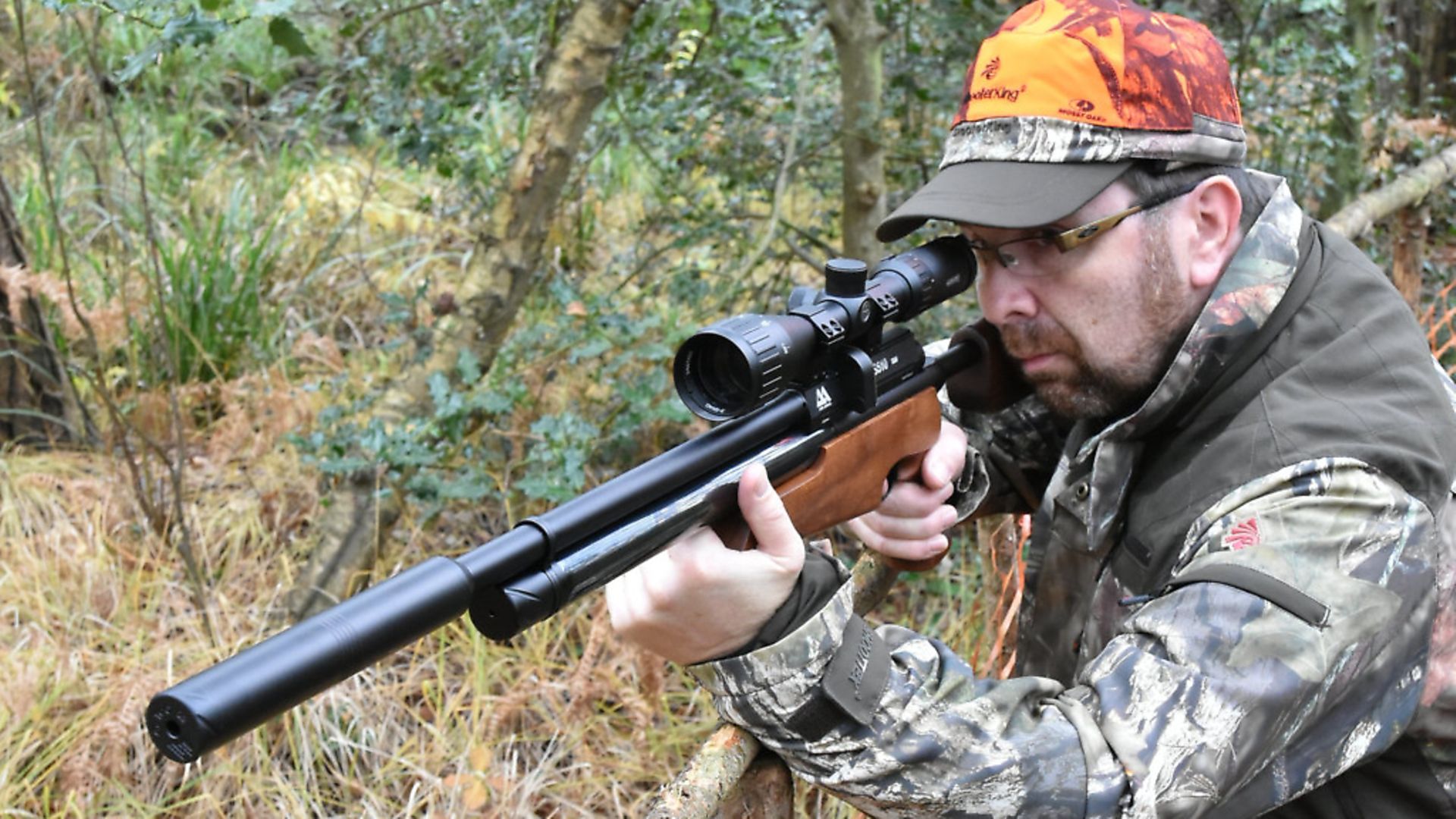 credit: Archant
credit: Archant
Before we begin, I have to declare myself a long-time Air Arms multi-shot PCP fan. You see, many years ago, one of my closest shooting friends did lots of development work for Air Arms and I’ve always known his guns to be among the best ever made. After many internal dilemmas and my friend’s honest advice, I gave up my beloved springer and bought an early Air Arms S410 that he’d had a hand in developing. He hand-assembled mine for me and it gave me over a decade’s worth of totally reliable performance with superb accuracy, every time I took it from the gun safe. I still own that gun and it’s every bit as good now as the day I bought it. I have a deep emotional attachment to that rifle; I’ll never sell it.
The chassis was the now classic S400 action that has been the foundation of much of the Air Arms dynasty, including the popular S510 model that offers side-lever cocking, as opposed to the S400/410’s bolt action. I don’t have any strong feelings either way about the respective merits of the two systems. and happily use both, but it seems that the buying public loves the side lever, as sales have shown.
Part of that impressive family was the TDR, take-down rifle, a gun that’s always appealed to me. The first model was based on the well-proven S410 bolt action that I was oh so familiar with. Where it stood apart was in its ability to be dismantled without tools, and packed into a tiny travel case. This offered excellent protection and stealth, by which I mean the case looked completely innocuous and in no way threatening. I’ve spoken to people who lived in city centre flats who took their TDR in and out without anyone being concerned by its presence.
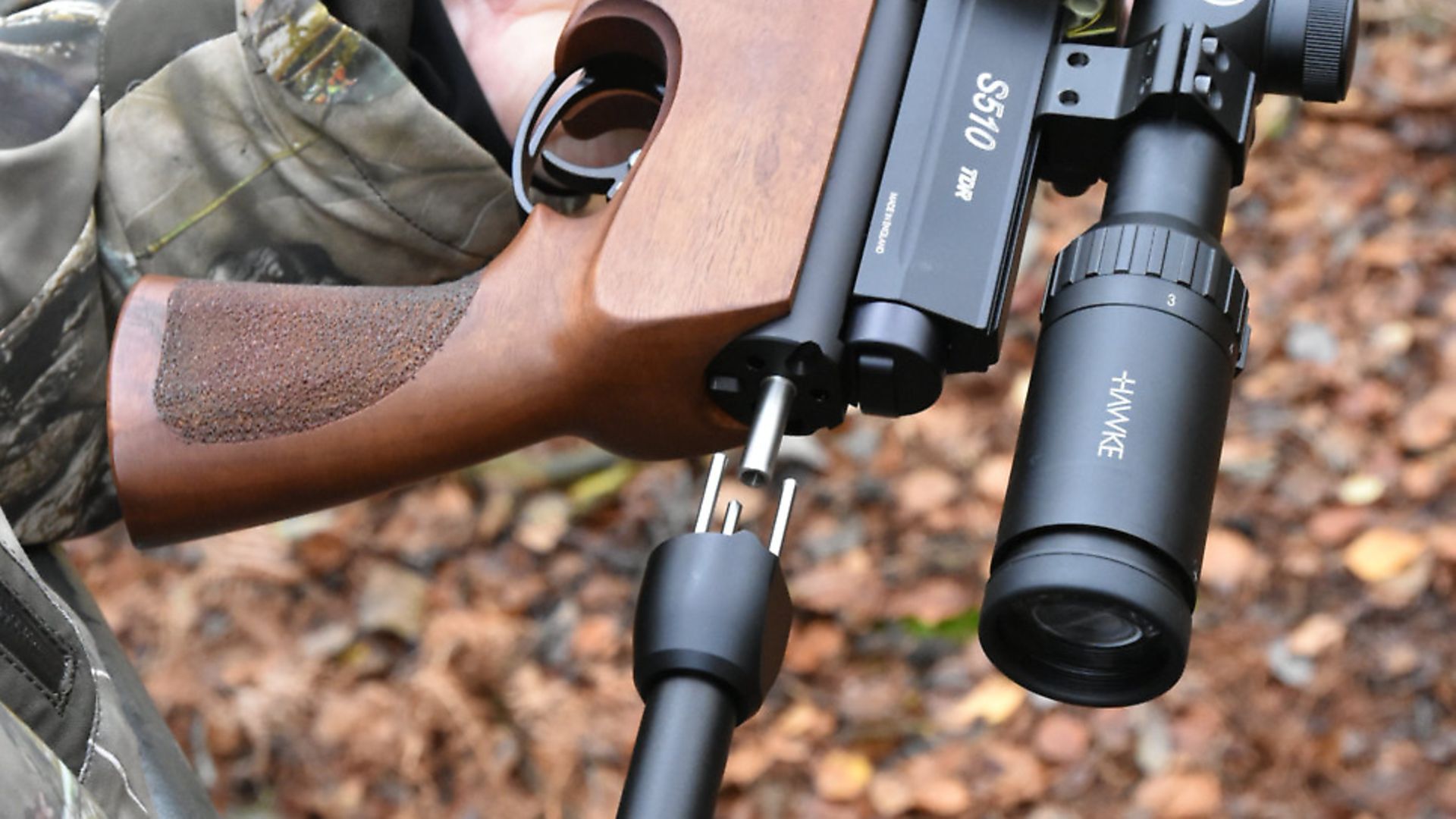 credit: Archant
credit: Archant
Always wanted one
I should say right here that I’ve always wanted one, but my shooting has never justified me spending the money on what is ultimately the same gun that I already own.
Does that sound odd? Well, let me explain. The TDR isn’t some flimsy, lightweight job that is okay at short range, but can’t compete with a proper sporter. This really is a proper sporter that can be taken down. Do you see what I mean? Everything the S410/S510 can do, the TDR can do just as well, with one exception; in order to make the TDR compact, the air reservoir was shortened, so the number of shots per fill was naturally reduced. That being said, the least efficient calibre, .177, will still deliver 40 shots per fill and if you can carry 40 rabbits, you’re a better man than me.
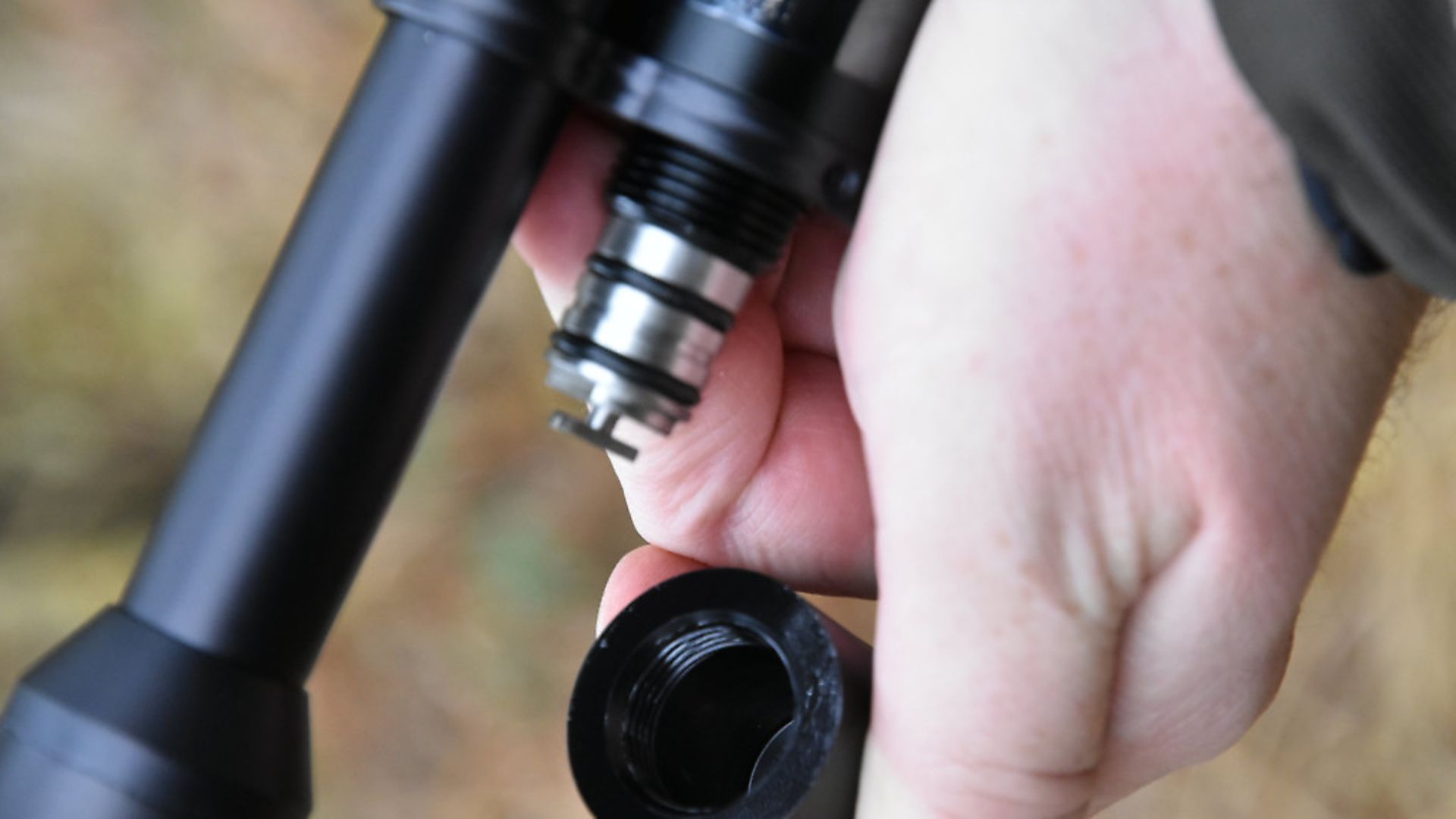 credit: Archant
credit: Archant
As is their policy, Air Arms has a rolling development programme and every gun is reviewed and updated at any time the company sees the need. With the increased interest in side-lever actions, the company decided to give the TDR an update to include this style of action, and so the S510 TDR was born. It also gets their latest Q-Tec silencer and a new carrying case, that’s quite different to the original.
In essence, the rifle remains the same in that the skeleton stock is removed by turning a wheel close to the butt pad. This undoes a threaded rod that mechanically attaches the stock to the action. As this is removed, three steel pins withdraw from the block and remove all the pressure from the hammer spring. This means that the rifle is inert with the stock removed, and it complies with the law with regard to dimensions of 12 ft.lbs. guns. It’s a neat and elegant solution that takes moments to operate and has proven strong and reliable.
The old silencer used to have a thumb screw to remove it, but the new case is long enough for the action and silencer to be put inside still joined. This means that the new case is substantially larger than the old one and is carried like a suitcase rather than as a rucksack as the old one was. It’s still shorter than a full-size case though. The new one does offer some serious protection, perhaps even more than the old one.
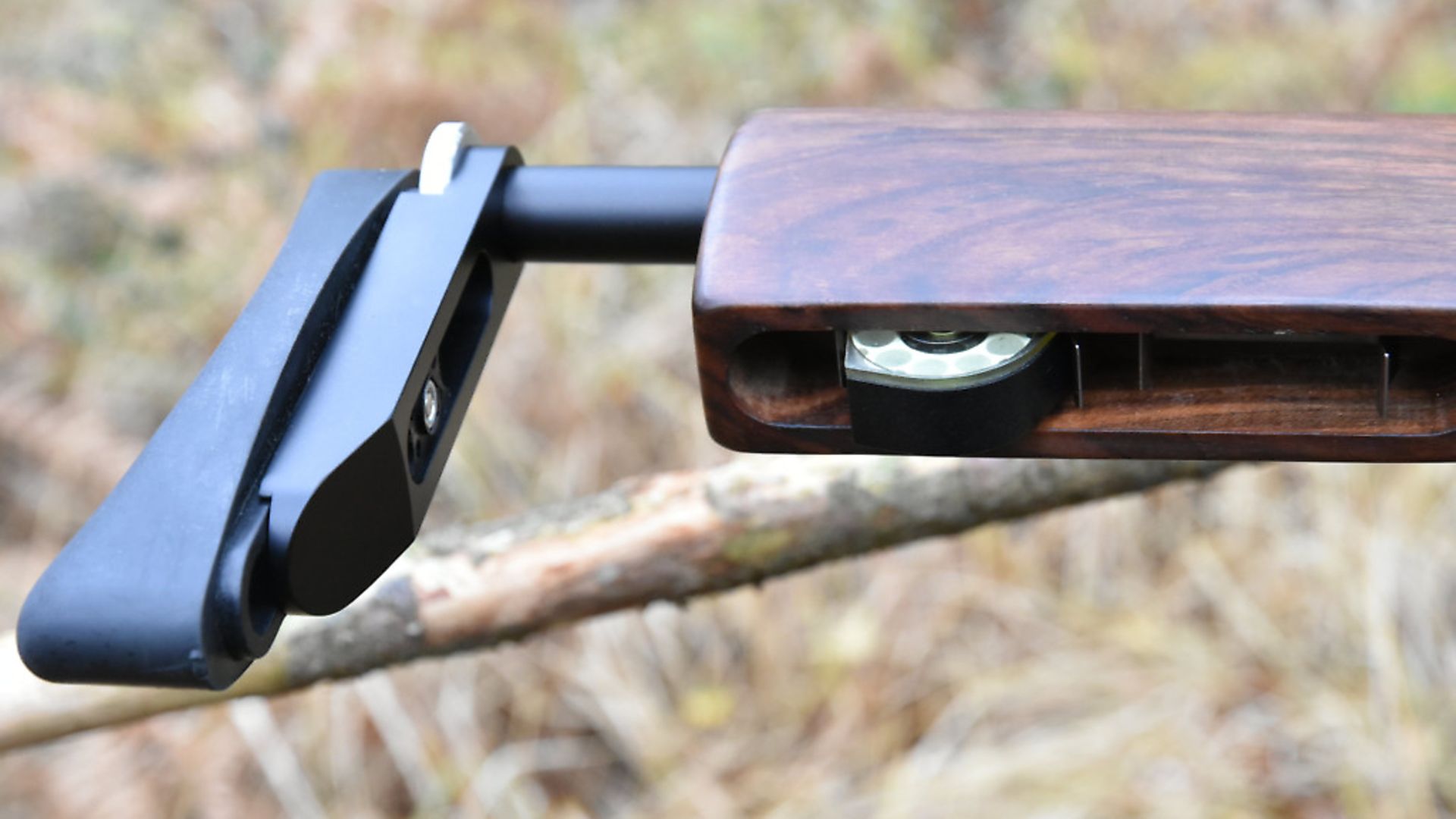 credit: Archant
credit: Archant
Light weight
What appeals to many people about the TDR is its modest weight (6.2lbs). With an appropriate scope fitted, it makes for a very handy package that can be carried in the field for hours without causing unnecessary fatigue. The only challenge for me is how to fit a sling. If it were mine, I’d fit a stud in the accessory rail in the fore end, and create a loop that could go around the butt so that I could transport the rifle on my shoulder whilst I’m using my binoculars to search for my quarry.
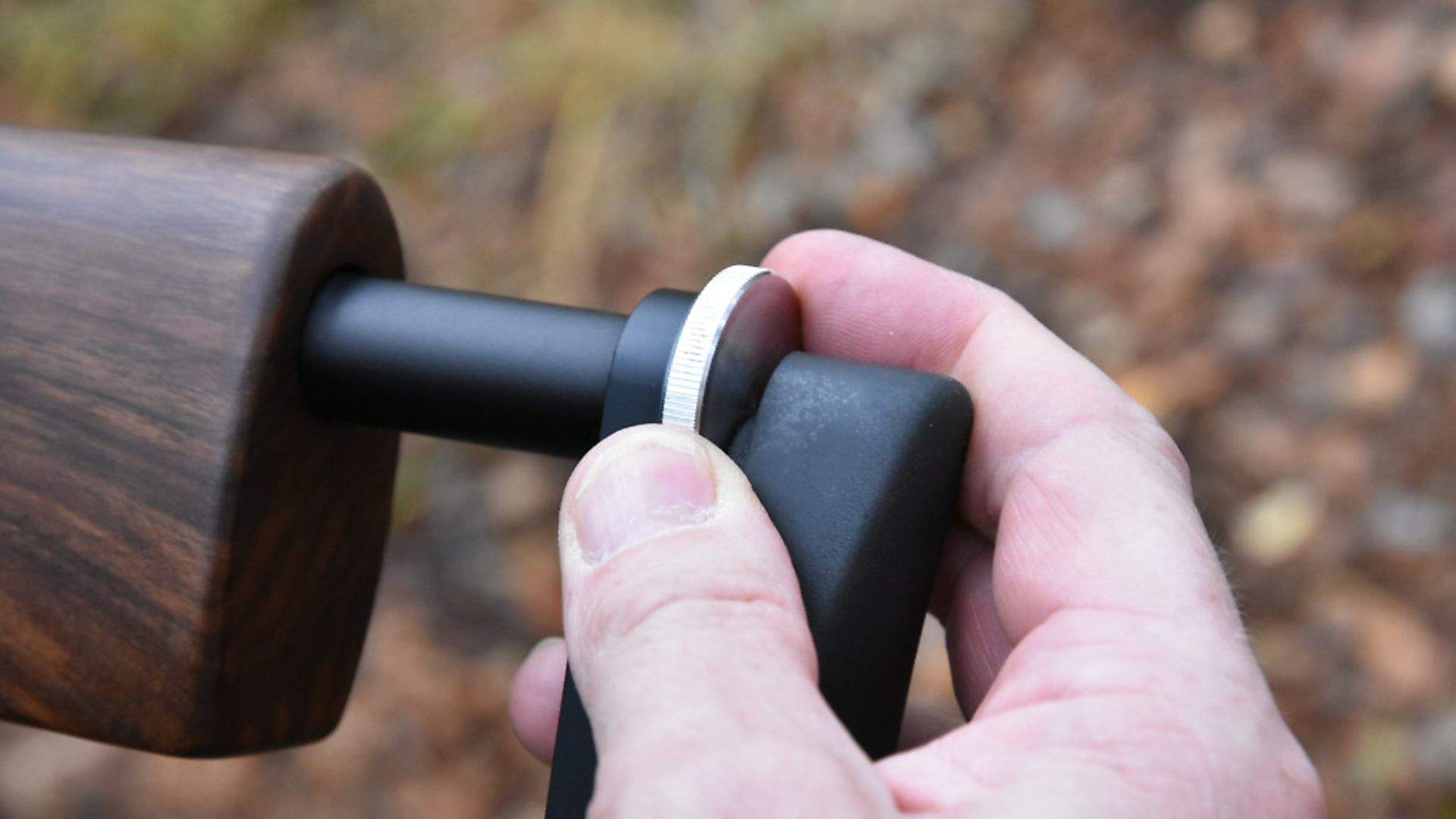 credit: Archant
credit: Archant
As well as being a light rifle, the pistol grip is well suited to smaller hands; in fact, the reach to the trigger blade is quite short. Juniors, ladies, and chaps with small hands will find it very comfortable. It’s also ambidextrous which should please the lefties. The action is truly right-handed, though, with the neat lever tucked in close to the action. Part of the side-lever’s appeal is that it makes the cocking effort feel very light indeed. Leverage overcomes the hammer spring’s strength, rather than using muscles to draw the bolt back. The magazine is the unit that Air Arms has used forever and I know from experience that it’s completely reliable. It’s dead easy to strip, clean and relubricate if you get it dirty, as can happen in the field. The only thing that wears out is the ‘O’ ring that holds the pellets in place, and they cost pennies to replace. I really appreciate simple magazines like this. I can load them in the dark and they need no complex procedures to fill. There are two storage slots under the cheek piece to carry spare ones, but I’d be too worried about knocking one loose by accident, and losing it, to use this facility. Finally, on the subject of magazines I was very happy to see that there are two mags’ supplied with the rifle because I feel that every hunter needs more than one.
Because the ‘stock’ goes directly back from the action, the wooden cheek piece sits relatively high compared to a conventional sporter, which is good. It means that you get full cheek support, which in turn leads to more consistent mounting and therefore shooting. Another dimension that’s affected by this straight stock is the vertical position of the butt pad. Again, as seen relative to a conventional sporter, it sits high, so I used the adjuster and lowered the pad as far as it would go. This is still higher than the average, but not uncomfortably so, and it does have the effect of making the stock feel longer than it really is. The tape measure shows that it’s actually quite close to the industry standard 14½”, but I needed to mount the scope as far back as it would go to get proper eye relief.
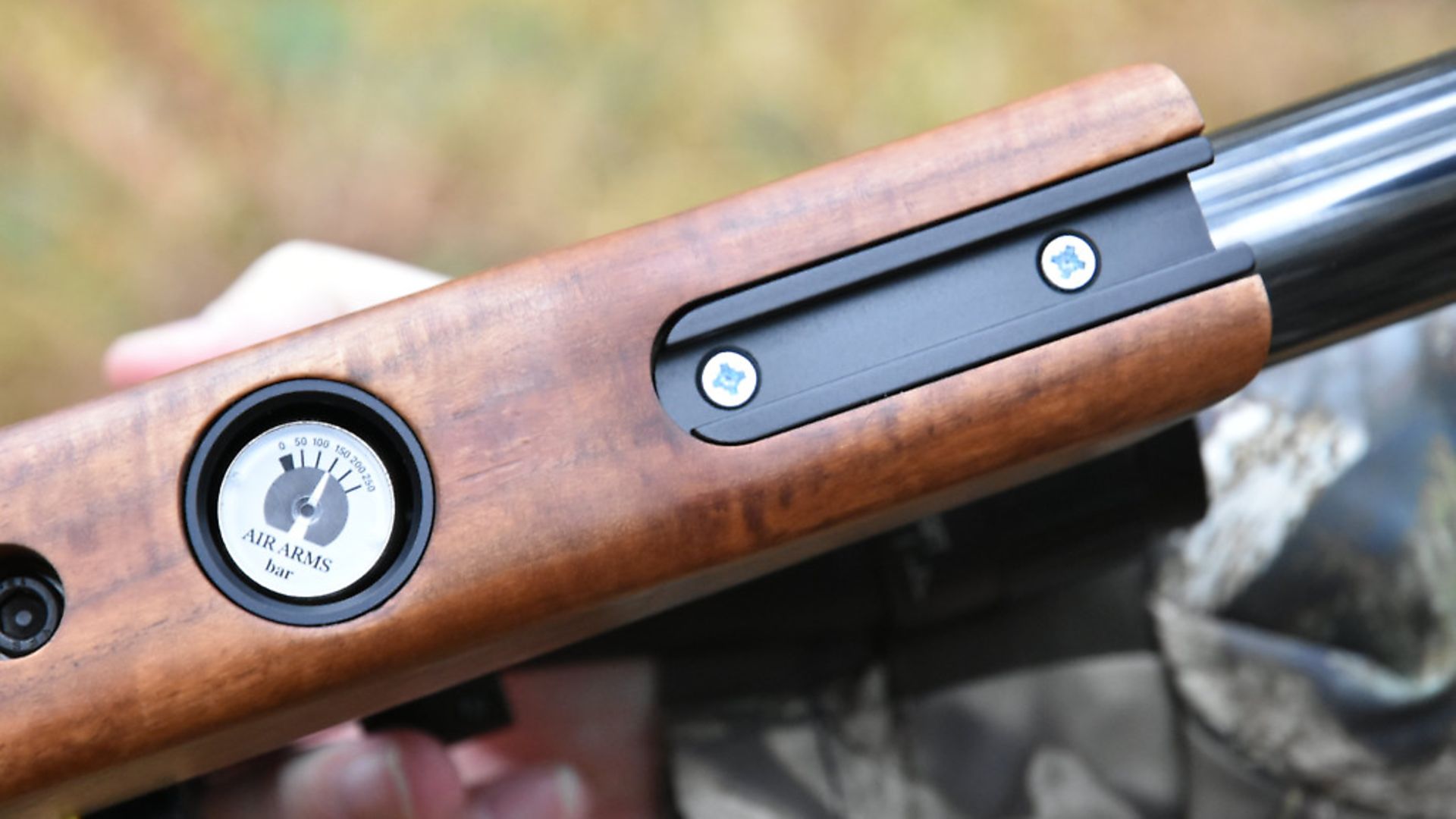 credit: Archant
credit: Archant
Superb control
The Air Arms trigger appeals to me because it’s a relatively simple mechanism that makes it strong and reliable. I find that once they’re set up to your liking, they tend to stay that way and don’t need to be tinkered with. The one on the test gun was set perfectly for me, with a light, smooth first stage that came to a well-defined stop for the second stage. This broke as cleanly as you could ever wish for, and was about as close to my ideal sporter trigger as I’ve tried. The safety is a cross bolt which works to block the trigger but not the hammer. Some say that touching the blade to operate the safety has risks, but in years of using one I’ve never had a problem.
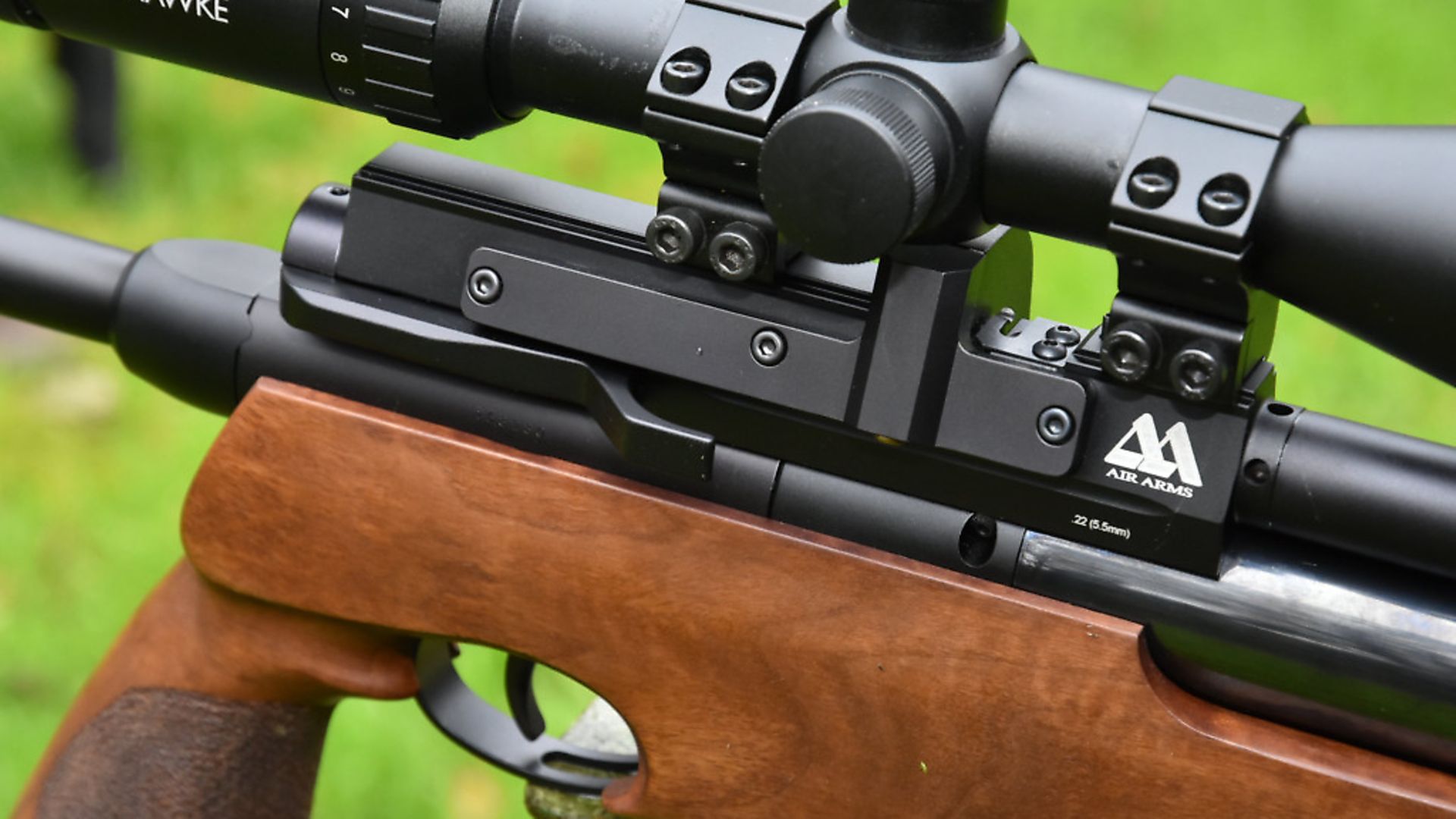 credit: Archant
credit: Archant
Despite knowing the action so well, I ran the TDR over my SKAN chronograph to discover precisely no surprises at all. Consistency was first class and the classic Air Arms Field Diablo showed a steady 11.3ft.lbs. muzzle energy, which is just right for my needs. Accuracy testing was much the same. The rifle easily produced neat ½” groups at 30 yards from the bench in still conditions. These tests just reinforced the fact that the TDR is every bit the same in terms of performance as the conventional S510 sporter.
As mentioned, we can expect 40 shots per fill, despite the short air reservoir, filled at the front with Air Arms’ proprietary connector, which is a fine thing. It uses a sintered bronze filter to keep out dust or grit, which are the natural enemies of any PCP. The female connector on the filling hose slides over the male part attached to the rifle and there’s nothing new about that. The clever bit is that there’s a ‘T’-shaped lock which ensures that the two cannot part, even if the ‘O’ ring seals should fail.
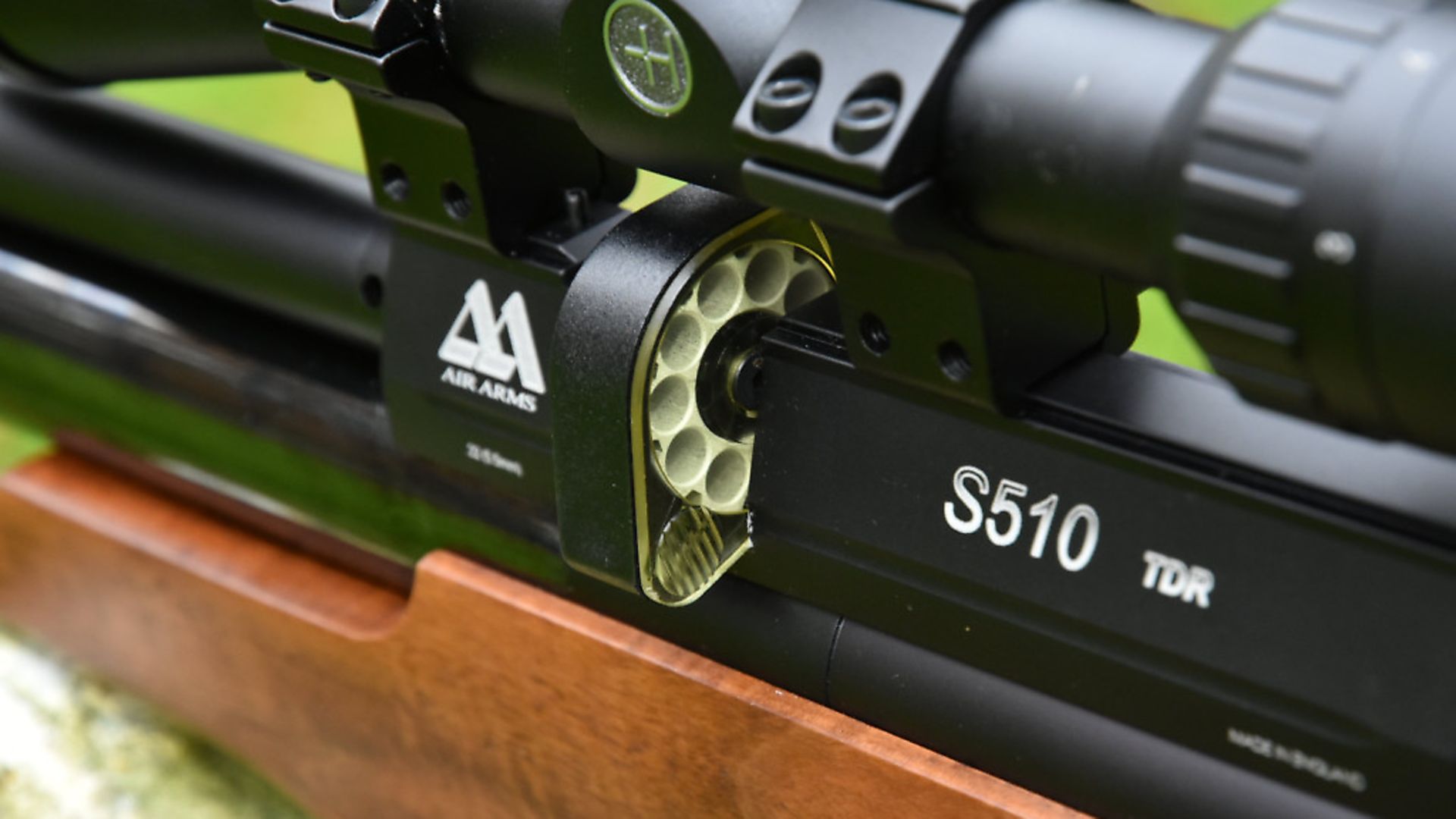 credit: Archant
credit: Archant
Contrast
The great contrast between the sporter and the TDR is in the handling, and this is where I thoroughly recommend going to a good gun shop and handling both. I find the sporter more natural, but then it’s what I’m used to. If you like military-style rifles, or even bullpups, then the TDR might appeal to you. I find that the TDR is a little slower into the shoulder, but feels locked in once there. With the fore end being so short my leading hand naturally wraps around the end and steadies my aim. I know it looks funny, but trust me, it works.
I tried a side-lever rifle from another brand recently and noted that I could not cycle its side lever from the aim, but with the TDR I had no difficulty at all. This would allow me to track a squirrel along a branch, and if I missed my shot, I could load another pellet whilst keeping it in my cross hairs. The subtle ergonomic differences between one product and another are specific to our own height and build, but as an average-sized man, if I can reach, I think most other shooters will too.
You’ll have clearly understood by now that the new version of the TDR has only made me want one even more. Alongside the upgrades described, the subtle improvements, like black anodising all the small areas such as the pressure gauge surround, have added a more sophisticated and mature feel to this excellent rifle. So I’ll come back to my old ‘do I need one?’ test and the truth is that I don’t. My S410 sporter does everything I need, but still, I can’t help wanting one of these fine rifles to add to my collection.
Specification
Manufacturer: Air Arms
Tel: 01323 845853
Type: Pre-charged pneumatic
Model: S510 TDR
Calibre: .177 .22
Action: Side-lever
Trigger: Two-stage, adjustable
Safety: Manual
Weight: 2.8kg (6.2lbs)
Length: 1030mm (40.5”)
Barrel: 395mm (15.55”)
Fill pressure: 190 bar
Shots per charge: 40 in .22 and .177
RRP: £889
Terry Doe also reviews the Air Arms S510 TDR - read his review and his follow-up test.